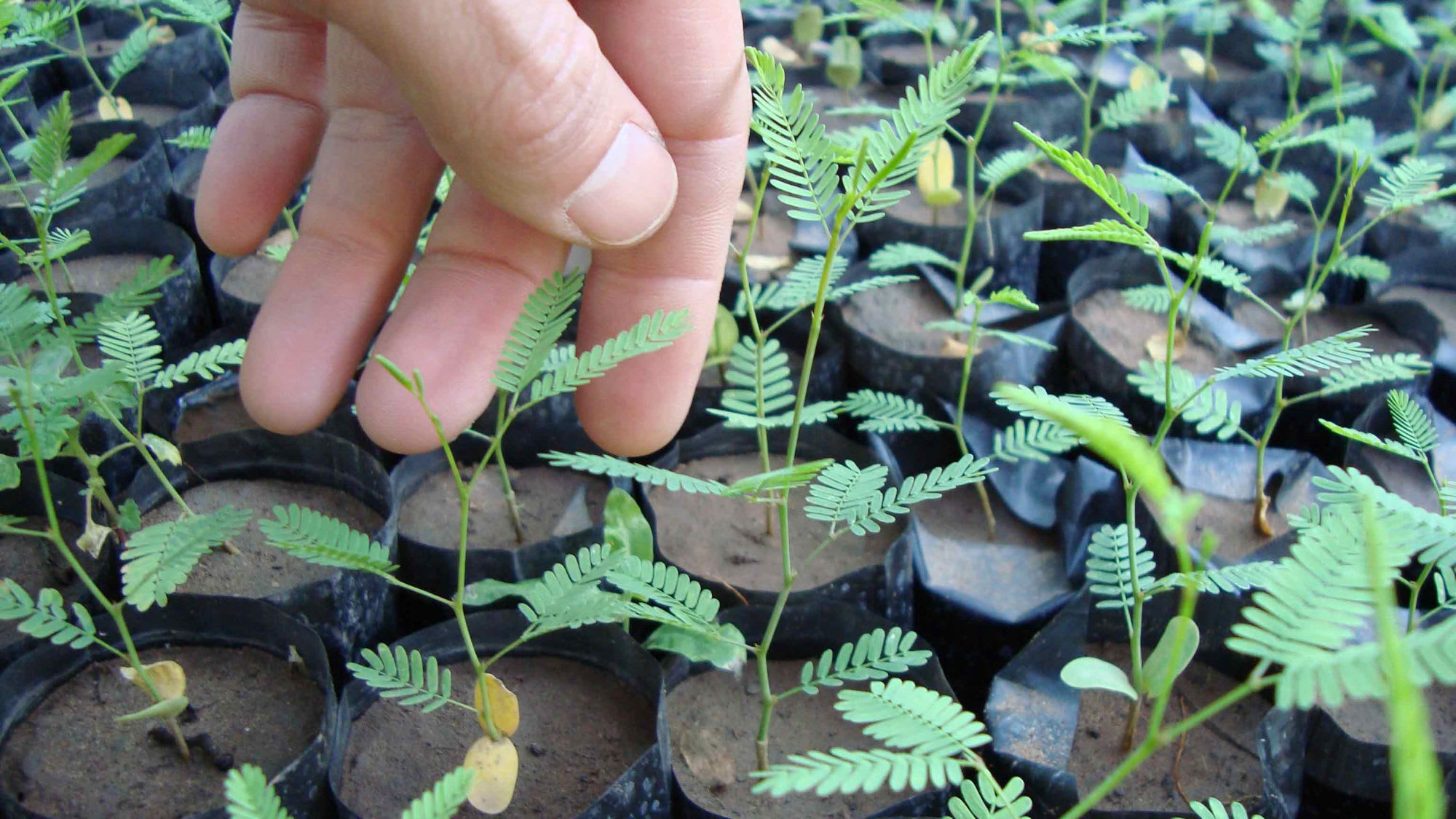ID: G7K-NMP
ID: G7K-NMP
White Carob
Prosopis alba
Photo
Argentina
01:21 - 22°C
My connections
My ID card
Who am I?
Date of birth
02/15/2012
Name
White Carob
Tree
White Carob
Where am I located?
Country
Argentina
Place of birth
Departamento Ramón Lista
Coordinates
22° 43′ 57.68″ S
62° 15′ 4.49″ W
/-62.251247884428,-22.732687673992,0/500x333@2x?access_token=pk.eyJ1IjoidG9tbWFzb3NwZXJvbmkiLCJhIjoiY2tnOTE3eW12MDJqazMybXNzOWV1YjloOSJ9.wtGsuDU7XIKjcv2cq8CiXw&logo=false&attribution=false)
My Timeline
The important moments in your tree's life.
Seed
It all starts with a tiny seed, nice and warm in the soil.
Nursery
Your seedling is big enough to be welcomed into one of our nurseries, along with many others.
Planted
We’re here! Your tree has reached its new home: it’s been planted by a smallholder, who’ll take care of it for years to come.
Photo
Strike a pose! Now that it’s big enough, here’s a photo of your tree!
My Gallery
Nursery

Planted
/-62.251247884428,-22.732687673992,0/500x333@2x?access_token=pk.eyJ1IjoidG9tbWFzb3NwZXJvbmkiLCJhIjoiY2tnOTE3eW12MDJqazMybXNzOWV1YjloOSJ9.wtGsuDU7XIKjcv2cq8CiXw&logo=false&attribution=false)
62° 15′ 4.49″ W
Photo

Curiosity about me
The important moments in your tree's life.
Let's start with introductions
The white carob is native to central Argentina and belongs to the Fabaceae family. Its name derives from the Spanish conquerors who mistakenly took this tree for the European algarrobo, which also produces edible pods. It's planted for its flat pods used to produce a flour to bake bread and sweets.
Meaning
Title not available
Description not available

How much CO2 I’ll absorb
My estimated CO2 absorption capacity is based on the first 10 years of my life*
Current absorption
- 500 kg
2012
0 kg
2022
-500 kg
* The tree will continue to absorb CO2 even after the tenth year. Therefore this is a prudent estimate.
How I am useful to local communities
My benefits
0%
Food Security
The trees will bear fruits, some that will be edible immediately and others that can become edible through processing, ensuring food resources over time.
0%
Economic development
The trees' fruits and the products derived from their transformation can be traded in local networks, offering income opportunities.
0%
CO₂ Absorption
During its life cycle, each tree will absorb CO₂. The trees you plant can offset your emissions.
0%
Environmental protection
The trees are planted in agroforestry systems that favor the virtuous interaction between the different species and their positive impact on the environment and on the land.